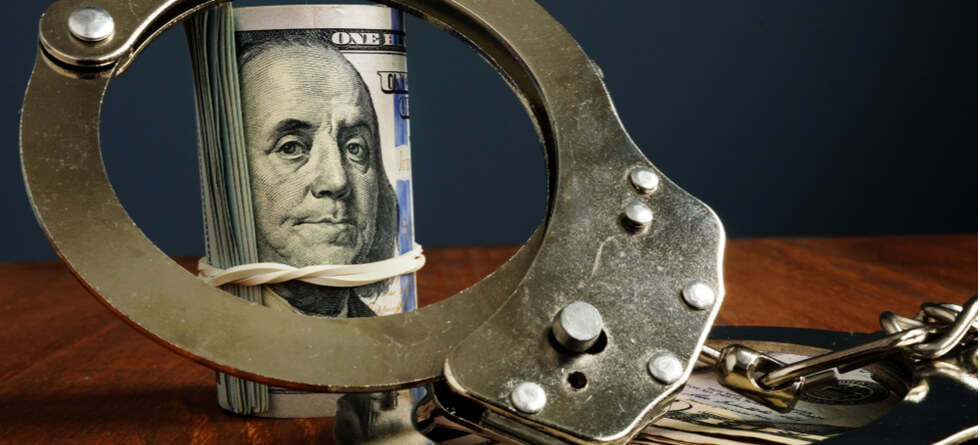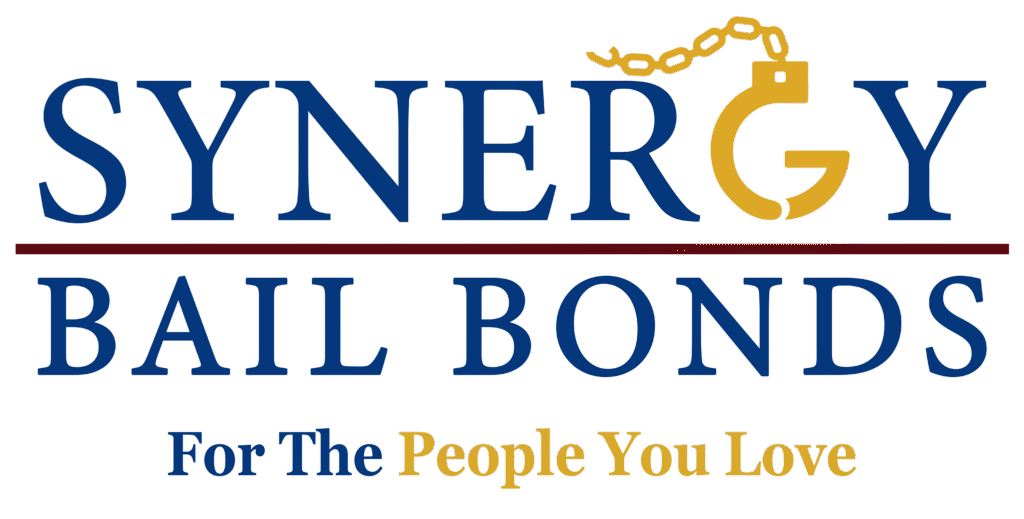What is the Average Bail Amount in California?
When you or a loved one is arrested and sent to jail, what’s the first question that’s brought to the table?
What’s the bail?
No one wants to sit in prison until their court case is brought to the judge and heard. Pending freedom or conviction can seem like a lifetime behind bars, that’s why it’s legal to release the accused person until an attorney is appointed and the reasons for arrest are accurately analyzed.
In this article, we’ll discuss bail and how it’s determined in California so that you can be prepared if jail time affects you or those surrounding you in the near future.
Bail – Defined
The definition of the term bail is quite simple to understand – it’s the money required to release someone from jail. Each crime has its own set amount of bail, and if you can’t afford the total, you can work with a bail bonds person to ensure release.
One crucial piece of information to keep in mind while you continue reading: Bail schedules do vary in California. Money amounts can be increased or decreased depending on where you or your loved one ultimately gets arrested.

How does California determine bail schedules?
Bail schedules are not determined under one singular set of factors. In fact, a number of things are considered – and the judge can always alter the bail, lower the amount, or completely deny it altogether.
Some factors are included here:
- Flight risk probability
- Type of offense
- Severity of offense
- Endangerment to the community
- Firearm or deadly weapon involvement
- Outside threats to victims/witnesses
- Criminal history
- Previously skipped bail
- Possession or use of illegal drugs
- Current probation/parole
When is bail configured?
Almost always, bail is configured upon arraignment. This is the time period where the judge sits down and analyzes the information about the case quickly, deciding whether or not the defendant should be released immediately, with bail, or no bail.

Average Bail Amounts (typical per criminal offense)
As previously stated, each criminal offense or additional determining detail can change the average bail amount requested by each person arrested.
Here are a few examples to guide you in the right direction, both felony and misdemeanors included:
- $5,000 for child abuse or prostitution
- $10,000 for second degree burglary
- $20,000 for assault with a deadly weapon
- $50,000 for particular manslaughter charges
- $100,000 for stalking
- $500,000 for murder
Additional things to keep in mind with average bail amounts include:
- When charged with multiple crimes, bail can be set at the highest amount dependant on the judge
- If the defendant was recently released on bail, the amount can be doubled dependant on the judge
- Prior criminal convictions can urge the judge to double the bail (ex: domestic violence cases)
- Bail requests can always be increased if additional factors are taken into consideration.

How to Pay Bail in California?
Pay in full, cash → Pay a visit to the courthouse directly and you can submit full bail to release the defendant. Options for payment include credit card, debit card, money order, and check if you prefer not to use cash. Dependent on location.
Pay through bail bondsmen → Total bail can be difficult to pay in full. If that’s the case, the option of a bail bonds person can be accessed for help. Instead of paying the entire bail, you will enter into a contract with the bail bonds person to pay a percentage. If the defendant fails to appear in court, the remainder of the bail must be paid.

